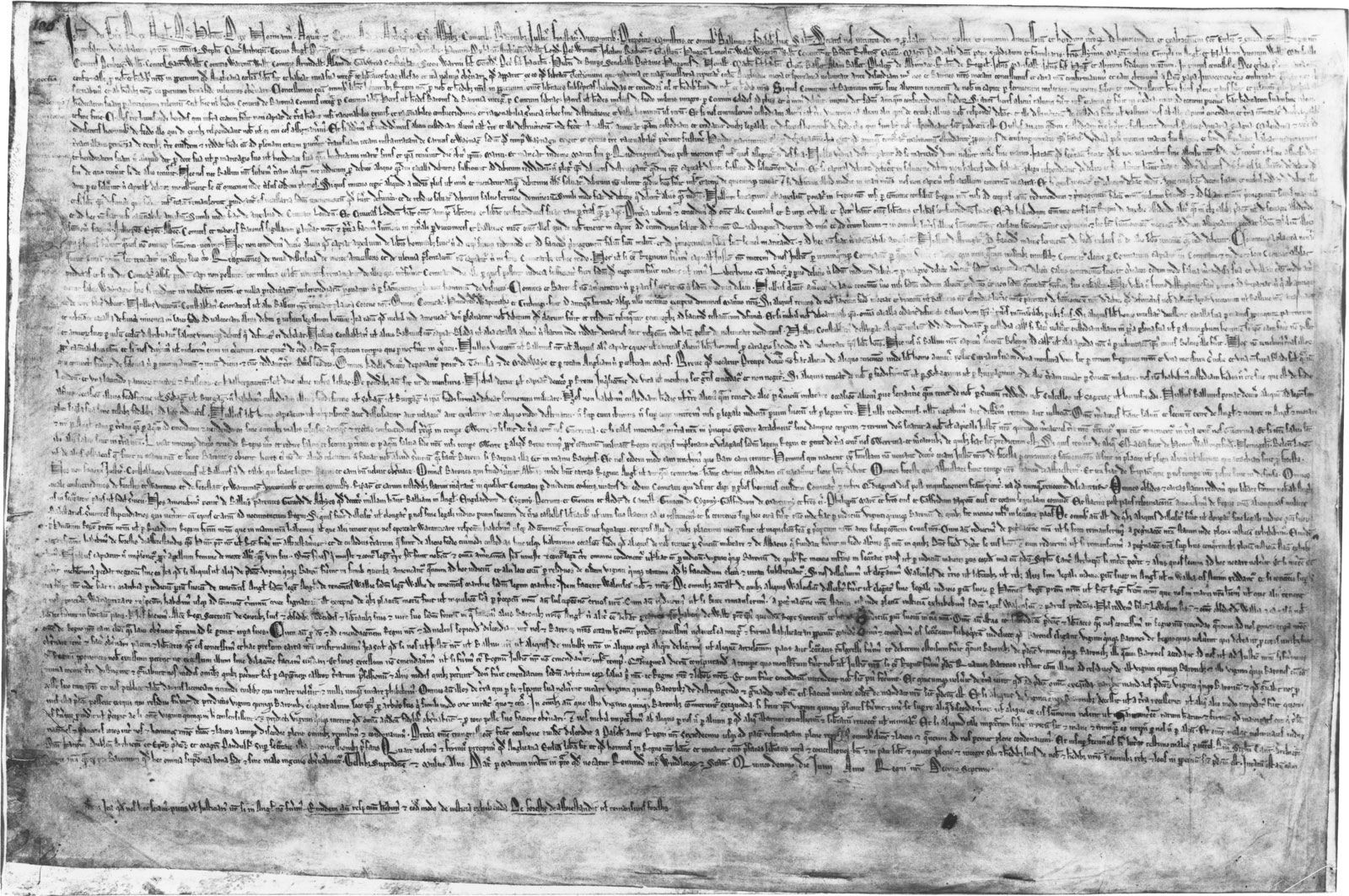The Magna Carta, also known as the Great Charter, stands as a cornerstone of English liberties. It was initially drafted at Runnymede, a meadow alongside the River Thames. King John reluctantly signed it on June 15, 1215, bowing to pressure from rebellious barons. This landmark document established the principle that even the sovereign is subject to the rule of law and enshrined the rights of “free men,” laying the groundwork for individual rights within Anglo-American jurisprudence.
The Historical Context and Origins of Magna Carta
The origins of the Magna Carta can be traced back to the power dynamics following the Norman Conquest in 1066. William I established unprecedented authority, dominating both the country and its barons. Over time, a tradition developed where kings would issue charters upon their coronation, solidifying their promises with a royal seal.
However, while common law expanded, the financial obligations of the baronage to the crown remained undefined. The nobility grew increasingly aware of their vulnerable position against the crown’s agents. Adding to this discontent were the tax increases during Richard I’s reign (1189–99) to fund his Crusade and war efforts.
King John inherited these challenges in 1199. His precarious position was further weakened by a rival claim to the throne and the ambition of Philip II of France to seize Normandy.
Unlike his predecessors, John didn’t issue a general charter at the beginning of his reign. Despite promises made on his behalf, the barons grew resistant, demanding their “rights” before serving the king. The loss of Normandy in 1204 forced John to rely solely on English resources, leading to increased revenue collection and frequent demands for scutage. Conflicts with Pope Innocent III further strained the situation.
It was against this backdrop that Archbishop Stephen Langton emerged as a central figure. He advocated basing the demand for liberties on Henry I’s coronation charter, setting the stage for the Magna Carta.
Key Provisions and Guarantees of the Great Charter
The Magna Carta contained several crucial provisions aimed at reforming law and justice, controlling royal officials, and ensuring a free church. Among its 63 clauses, one particularly significant clause empowered the barons to select 25 representatives as a “form of security.” This body would ensure the preservation of the enumerated rights and liberties. Above all, it guaranteed that government, whether royal or otherwise, would be limited by the written law of the land.
 Preamble to Magna Carta
Preamble to Magna Carta
Reissues and Enduring Significance of Magna Carta
The Magna Carta was reissued multiple times. King John’s successor, Henry III, reissued it in 1216 in an attempt to regain the allegiance of rebellious barons. It was reissued again in 1217 and 1225, solidifying its place in English law.
The lasting impact of the Magna Carta extends beyond its specific clauses. It lies in the broader principles it established, which have resonated through generations. The right to petition, habeas corpus, and the concept of due process are all derived from language found in the Magna Carta. It served as a precursor to Parliament, the Declaration of Independence, the U.S. Constitution, and the U.S. Bill of Rights.
Where is the Magna Carta Housed?
There are four original copies of the Magna Carta from 1215. Two are kept at the cathedral churches of Lincoln and Salisbury. The other two reside in the British Library in London. In February 2015, all four originals were displayed together for the first time as part of a British Library commemoration of the charter’s 800th anniversary.
Conclusion: The Legacy of Magna Carta
The Magna Carta stands as a testament to the ongoing struggle for individual rights and limited government. Its influence can be seen in legal systems and constitutions around the world. While initially intended to address specific grievances of the English barons, its principles have transcended time and continue to inspire movements for justice and freedom. The Magna Carta remains a powerful symbol of the rule of law and the protection of fundamental liberties.
